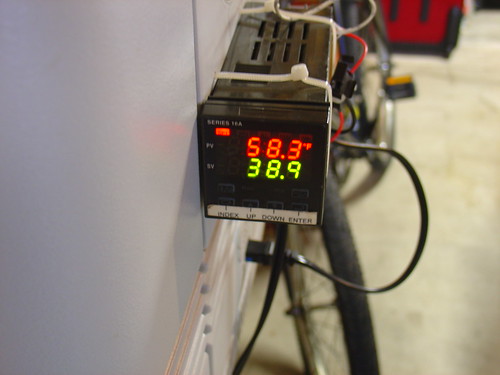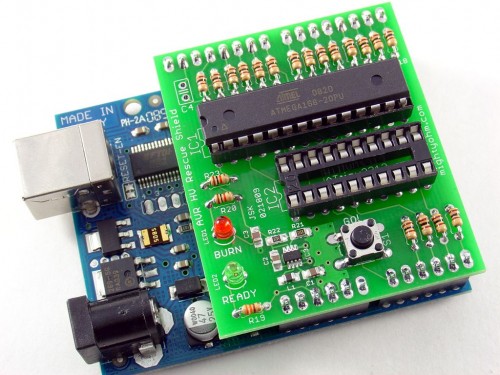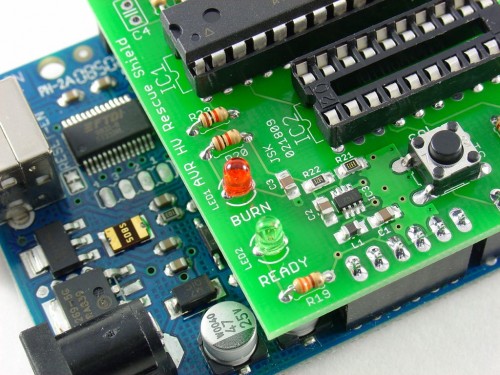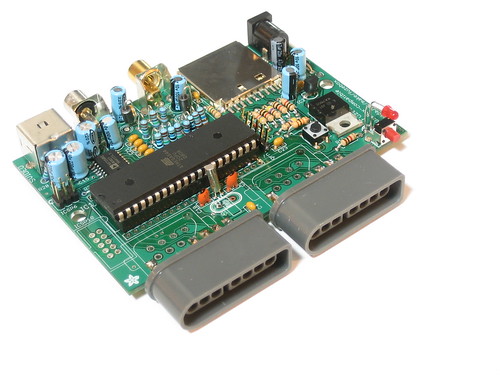Wow! I can’t believe it’s been a year!
Based on the date of my first post, last Wednesday marked the one year anniversary of my blog.
While I pour a toast, here are a few highlights of the past year:
PID Controlled Solder Paste Fridge
The first project I documented on the site, my solder paste fridge was the end result of a weekend effort to turn an old beer chest into a PID-controlled Peltier cooler for storing tubes of solder paste. A year later, the cooler has a permanent home under my workbench and is still going strong, keeping its contents at a chilly 36 degrees F. Besides solder paste, I keep my POR-15 rust proofing epoxy paint and a few tubes of superglue in the fridge (they never dry out!).
Space Invaders! Making RGB video with the PIC
I needed an excuse to learn assembly language programming on the PIC, and this project fit the bill perfectly. Instead of slogging through yet another PIC tutorial I decided to “just do it” and the video above shows the result. One of my favorite projects of last year, I have plans to build more of these and make some electronic artwork for the lab.
Bluetooth Handset Hack
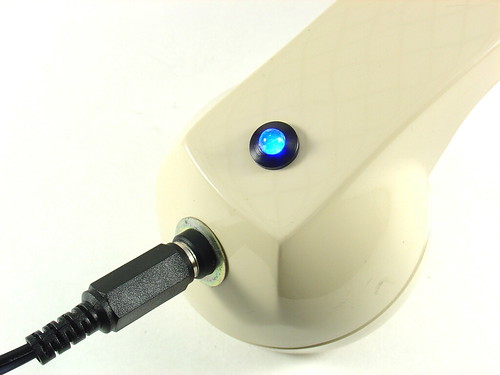
One aging bluetooth headset plus one obsolete telephone handset equals one retro-fabulous hack that I still use today. The best part: Look for this one in Make: volume 20!
DIY PID-Controlled Soldering Hotplate
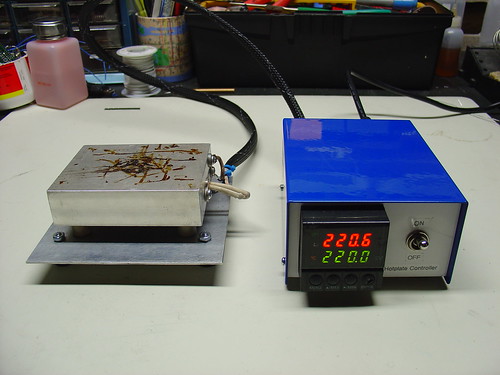
I’m a big fan of the hotplate (aka reflow skillet) method of surface mount soldering. Over the course of a few months I designed, machined, and assembled this PID-controlled soldering hotplate to help build the first few prototypes of my AVR HV Rescue Shield kit. Hacking around in the garage is always fun, but creating a new tool is one of the most rewarding things I have can think of.
Here’s a video of the hotplate in action, reflowing the step-up converter on the Rescue Shield:
The AVR HV Rescue Shield
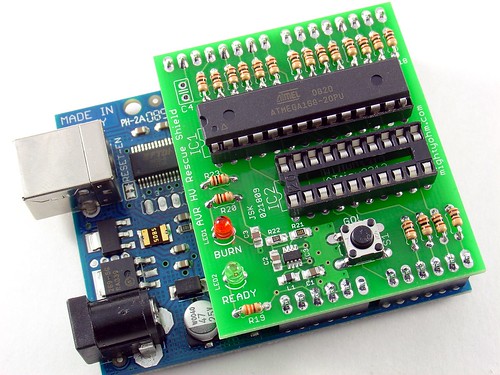
What started as a simple hack to save a crippled AVR microcontroller eventually became a kit that I’ve sold to AVR enthusiasts around the world. The AVR HV Rescue Shield includes a cool custom PCB, integrated 5V-12V step-up power supply, and is completely open source. I only made one batch of these, and when they’re gone, they’re gone, so head over to the AVR HV Rescue Shield product page to order one today!
Wifi Radio Project

Certainly the most famous project on the site, my Wifi Radio project has inspired many readers to start playing with cheap wireless routers and embedded Linux. If you haven’t seen it before, the finished project sounds something like this:
I brought the Wifi Radio to the Maker Faire in San Mateo in May. Everyone loved it, including some of the Make: staff, which got me a blue ribbon for the project. Awesome!
Onward!
Well, that’s it for year one… If I missed one of your favorite posts from the past year, leave a comment! If you’re new to the blog, happy reading, you have some catching up to do. 🙂
Here’s to another fantastic year of hacks, projects, kits, tools, and resources at mightyohm.com!

